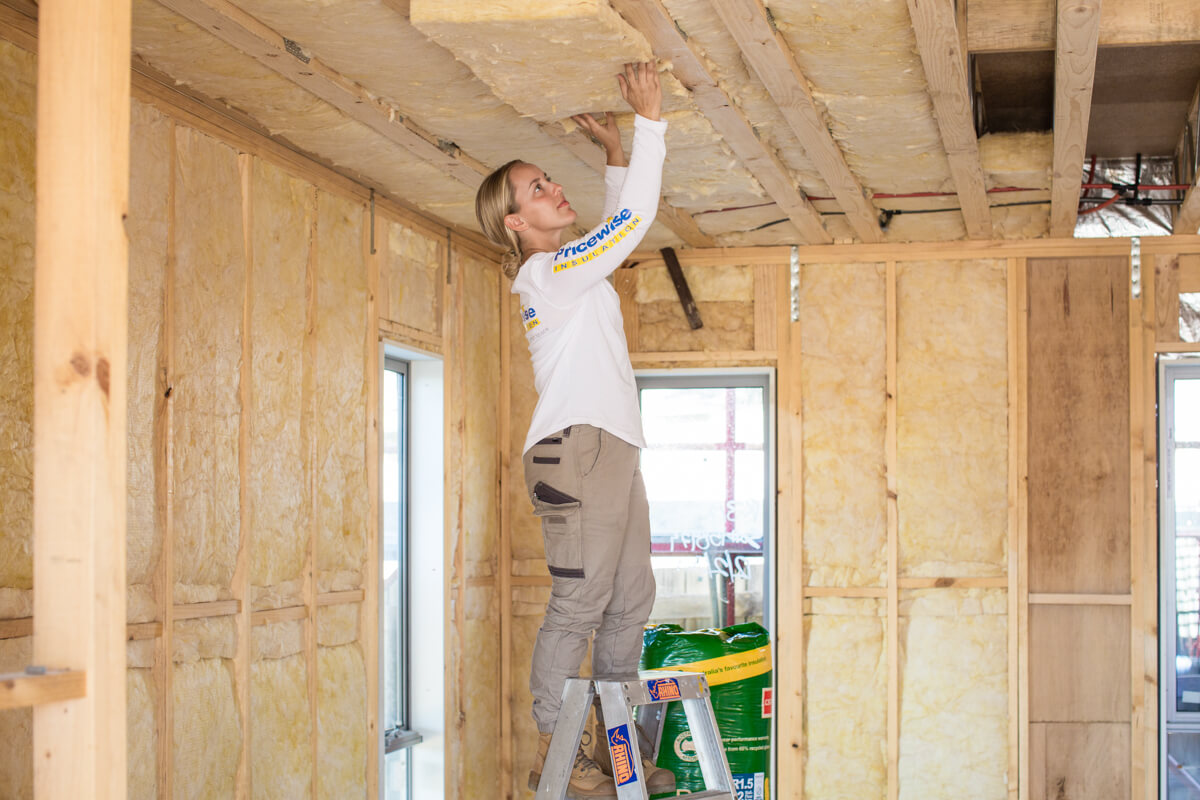Shop At Haya: Your Ultimate Shopping Guide
Discover the best shopping tips, trends, and deals for a smarter buying experience.
Insulation: The Unsung Hero of Home Comfort
Discover why insulation is the unsung hero of home comfort—boost energy efficiency and enjoy a cozy living space year-round!
How Insulation Impacts Energy Efficiency in Your Home
Insulation plays a crucial role in enhancing the energy efficiency of your home. By creating a barrier between your living space and the outside environment, insulation helps to maintain a consistent indoor temperature. This is particularly important in extreme weather conditions, as it reduces the need for heating in winter and cooling in summer. Homeowners can experience significant energy savings by ensuring their property is adequately insulated, as it lowers the workload on heating and cooling systems, leading to reduced energy bills.
Furthermore, the type and quality of insulation used can greatly affect a home's overall energy efficiency. There are various types of insulation materials available, including fiberglass, foam board, and cellulose, each offering different levels of thermal resistance. Proper installation is also essential; even the best insulation will fail to perform if not installed correctly. To maximize energy efficiency, consider conducting an energy audit to identify areas in your home that may require improved insulation, ensuring every corner of your residence is well-protected against energy loss.

Top 5 Benefits of Proper Home Insulation
Proper home insulation offers numerous advantages that can significantly enhance your living environment. One of the most notable benefits is energy efficiency. By effectively insulating your home, you reduce the amount of energy needed to heat or cool your space, leading to lower utility bills. According to estimates, homeowners can save up to 30% on their energy costs simply by ensuring their homes are adequately insulated. This not only saves money but also decreases your overall environmental impact.
Another crucial advantage of good insulation is improved comfort. A well-insulated home maintains a consistent temperature, preventing drafts and cold spots. This means that during those chilly winter months or hot summer days, you can enjoy a more stable and comfortable indoor climate. Additionally, proper insulation can also reduce noise from outside, making your home a peaceful sanctuary. Overall, investing in your home’s insulation can lead to a more comfortable and enjoyable living experience.
Is Your Home's Insulation Up to the Task? Signs You Need a Upgrade
When it comes to maintaining a comfortable and energy-efficient home, insulation plays a crucial role. If you’ve noticed unexpected fluctuations in your home’s temperature or received unusually high energy bills, it might be time to evaluate your insulation system. Key signs you need an upgrade include drafty rooms, areas that feel too hot or cold compared to others, and an unresolved dampness that lingers in certain spaces. These issues often suggest that your insulation is no longer performing effectively, leading to wasted energy and higher costs.
Additionally, pay attention to the age of your insulation. Most types, such as fiberglass or cellulose, can last anywhere from 20 to 30 years. If your home was built over two decades ago and you haven’t upgraded your insulation, the materials may have degraded. You can inspect your attic and other insulated areas for signs of wear or moisture damage. If your insulation appears compressed, stained, or has developed mildew, consider replacing it. Upgrading your insulation not only enhances your home's energy efficiency but also boosts comfort and can increase property value.